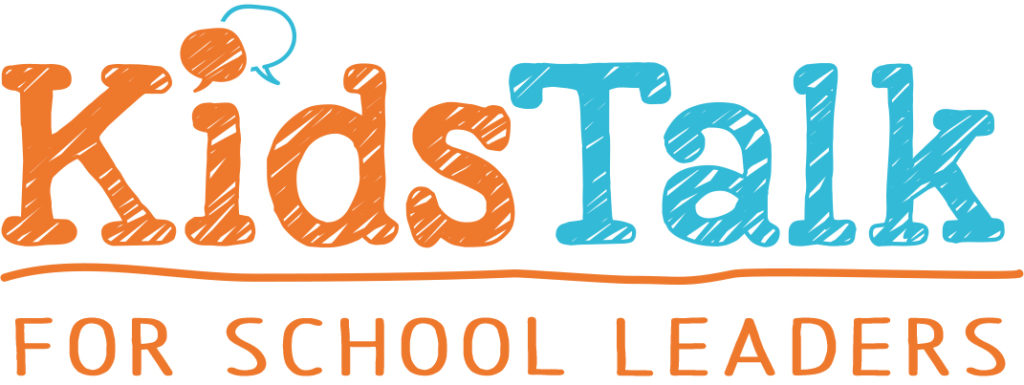
Over the last two posts, we’ve been looking at three key skills that can help us build strong school communities:
- Build safety. When we create a safe environment, people connect, create bonds of belonging, and forge a group identify.
- Share vulnerability. We express our organization’s true needs with clarity and urgency. Doing this allows others to step forward to act with trust and cooperation.
- Establish purpose. With clear purpose our organization becomes a place where we share goals and values.
Establishing purpose. Daniel Coyle in his book, Culture Code: The Secrets of Highly Successful Groups, tells us that continuously answering two key questions helps us establish purpose in our organizations:
- What’s this all for?
- What are we working towards?
As school leaders we may think that it is obvious to everyone what we are doing in our school. Not necessarily so.
Coyle relates how starlings work together when a predator closes in on their group. To a spectator it seems as if thousands of birds can take off and form a cloud in seconds. How can they all know what to do at the same time? Starlings can react to the needs of the entire group by a simple behavioral mechanism. Each bird tracks the six or seven birds closest to it and continually sends and receives cues about direction, speed, accelerations and distance. This practice of concentrated up-close watching, done by the entire flock, allows the group to act as a unit. (Coyle, Chapter 13) The starling’s ability to act as a group isn’t about extra-sensory perception. It’s about individual starlings paying attention to a few key indicators of how the group is doing.
Successful groups use this same idea of focused attention on a few key guidelines that help direct attention and engagement on a shared outcome or goal. Thriving organizations create ways to persistently tell and retell their story with the answers to their two questions:
- What’s this all for?
- What are we working towards?
In the process, these organizations build what Coyle refers to as high-purpose environments. High purpose environments contain strong cues designed to connect the present moment and a place in the future. These cues provide two simple points of reference needed in any navigation process: Here is where we are and Here is where we want to go. Coyle explains a technique call mental contrasting that can help in this process of creating a high-purpose environment.
The process of mental contrasting contains two steps:
1. Think about a realistic goal you’d like to achieve. Imagine that the goal has been accomplished.
2. Imagine in detail the obstacles that stand between you and the goal. Envision a reachable goal. Envision the obstacles. From there your story begins. Human beings love stories and perhaps we learn best through the medium of stories. Stories define a mental construct that propels behavior. Movies, novels, song, jokes, personal anecdotes and contain the stories that can change behaviors.
What’s the story you want everyone in your school to understand about what’s this all for?, and what are we working towards? Envision a reachable goal. Envision the obstacles. From there your story begins as define and establish your school’s purpose.
Put It Into Action
What’s your story? Download the worksheet below to help you think through these two key questions:
- What’s this all for?
- What are we working towards?
Envision a reachable goal. Envision the obstacles. What’s the story you want everyone in your school to know, a story that communicates:
- Here is where we are.
- Here is where we want to go.

